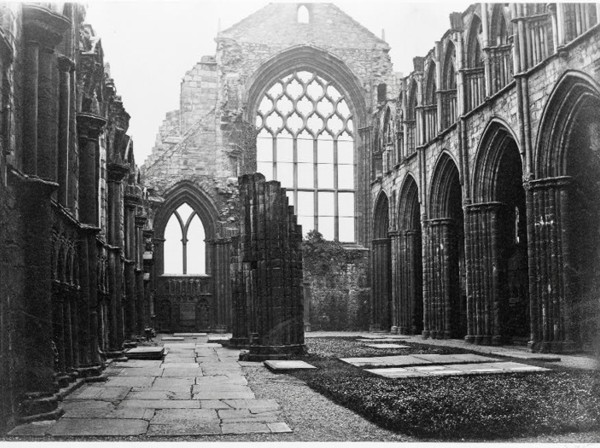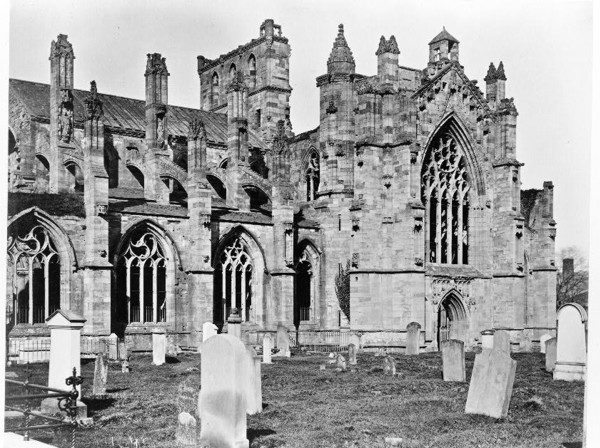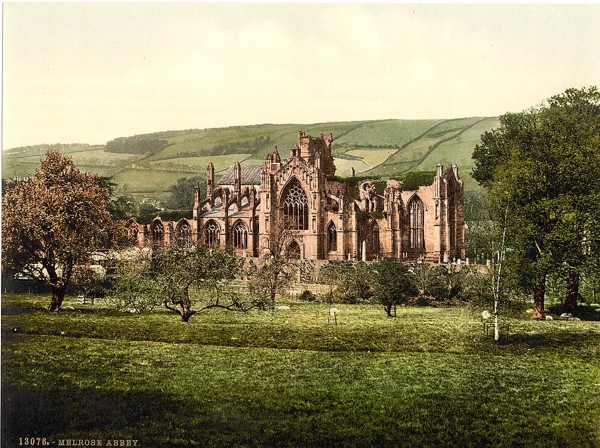
(go to Abbey Pages Home)
(go to Monastic Pages Home)
(go to Historyfish Home)
Leave a Comment
 |
<<Back
to Abbeys of the British Isles. (go to Abbey Pages Home) (go to Monastic Pages Home) (go to Historyfish Home) Leave a Comment |
 |
  |
||
|
Melrose
Abbey

Melrose
Abbey. George
Grantham Bain Collection at the Library of Congress
Download 168 KB JPEG of the image.   Download 249
KB JPEG
of the image.
Back to top |
||
|
Copyright (c) Richenda Fairhurst and historyfish.net, 2007 All rights reserved. No commercial permissions are granted. Keep author, source and copyright permissions with this article. Historyfish intends to generate discussion through shared information and does not claim to provide, in any way, formal, legal, or factual advice or information. These pages are opinion only. Opinions shared on historyfish are not necessarily the opinions of historyfish editors, staff, owners or administrators. Always consult proper authorities with questions pertaining to copyrights, property rights, and intellectual property rights. |
||